How to Choose the Right Cloud Security Provider for Your Organization
- Nitin Yadav
- Knowledge
About

Find the best cloud security provider for your organization in 2025. Compare top vendors, features, and strategies to boost protection, compliance, and ROI.
Industries
- CI/CD Pipelines, Cloud Security, cloud security provider, SquareOps, Terraform
Share Via
Introduction
As more organizations migrate to the cloud, security remains one of the top concerns for IT leaders. With data breaches and cyberattacks becoming increasingly sophisticated, the choice of a reliable cloud security provider is not just a technical decision—it’s a strategic one.
In this comprehensive guide, we will explore how to choose the right cloud security provider based on your organization’s needs, compliance requirements, cloud architecture, and threat landscape. This expanded version includes technical comparisons, detailed use cases, decision-making frameworks, and practical recommendations to help teams across security, DevOps, and compliance make a confident investment.
Why Cloud Security Provider Selection Matters
Cloud adoption continues to accelerate as organizations embrace distributed teams, agile software development, and remote collaboration. As this shift unfolds, protecting digital assets becomes more complex and critical.
Key benefits of choosing the right cloud security provider:
- Strengthened security posture
- Faster incident response
- Cost savings from automation and improved visibility
- Scalable compliance infrastructure
- Peace of mind for leadership, developers, and end users
A reliable provider helps maintain business continuity while supporting innovation.
The Evolving Threat Landscape in 2025
Cyber threats have grown in sophistication, frequency, and impact. Cloud environments, with their interconnected workloads, APIs, and shared responsibility models, face unique risks such as:
- Configuration drift and insecure defaults
- Supply chain vulnerabilities through CI/CD or container registries
- Data exfiltration via over-permissive IAM roles
- Shadow IT usage of unsanctioned SaaS or public clouds
- Lateral movement in cloud-native networks
Modern cloud security providers now offer unified platforms that include posture management, workload protection, API security, and zero-trust access controls.
Types of Cloud Security Providers: Detailed Breakdown
1. Cloud-Native Security Platforms
Offered by the major public cloud providers. Ideal for customers running mostly within a single cloud.
- AWS: Security Hub, GuardDuty, IAM Access Analyzer, Macie
- Azure: Defender for Cloud, Azure Sentinel
- GCP: Security Command Center, Chronicle
2. Third-Party Cloud Security Platforms
Designed to support multiple clouds, hybrid infrastructures, and integration with third-party tools.
- Use cases: Multi-cloud posture management, policy-as-code enforcement, and runtime protection
- Popular tools: Wiz, Lacework, Prisma Cloud, Orca Security, CrowdStrike Falcon Cloud Security
3. CASBs (Cloud Access Security Brokers)
Bridge the gap between enterprise security policies and cloud services. Monitor and control data traffic between cloud apps and users.
- Use cases: SaaS control, DLP, risky user behavior monitoring
- Leading providers: Netskope, Bitglass, Microsoft Defender for Cloud Apps
4. MSSPs (Managed Security Service Providers)
Provide outsourced monitoring, threat detection, and remediation.
- Value: Great for companies lacking in-house security teams or operating in 24/7 global models
Example providers: IBM Security, Accenture, Arctic Wolf, Trustwave
Key Evaluation Criteria: Going Beyond the Basics
A basic security checklist is no longer enough. Organizations must assess providers against the following:
A. Technical Breadth and Depth
- CSPM (Cloud Security Posture Management)
- CWPP (Cloud Workload Protection)
- CIEM (Cloud Infrastructure Entitlement Management)
- API and Identity threat detection
- Agentless vs. agent-based visibility
B. Integration Ecosystem
- Does the provider integrate with Terraform, GitHub, Jenkins?
- SIEM integrations: Splunk, Elastic, Azure Sentinel
- Ticketing and SOAR systems: Jira, ServiceNow, SentinelOne, XSOAR
C. Reporting and Compliance Automation
- Continuous compliance for frameworks like SOC 2, PCI-DSS, HIPAA, FedRAMP, ISO 27001
- Audit-ready evidence and risk scoring
- Pre-built policy packs and customizable rules
D. Threat Intelligence and Detection Methods
- Signature vs. behavior-based analysis
- Zero-day detection capabilities
- Real-time alerting and suppression
- Cloud honeypots and deception technologies
E. Licensing, Pricing, and Support
- Usage-based vs. user-based billing
- SLA commitments and support tiers
Cost modeling for Dev, QA, and production workloads
Cloud Security Provider Decision-Making Framework
Use this matrix to compare your top 3–5 vendors:
Evaluation Pillar | Weight | Wiz | Prisma Cloud | Lacework | Netskope |
Multi-cloud Support | High | ✅ | ✅ | ✅ | ✅ |
Agentless Visibility | Medium | ✅ | ❌ | ✅ | ❌ |
Runtime Protection | High | ✅ | ✅ | ✅ | ❌ |
Compliance Coverage | High | ✅ | ✅ | ✅ | ✅ |
CI/CD Security | Medium | ✅ | ✅ | ✅ | ❌ |
Cost Transparency | High | ✅ | ✅ | ✅ | ✅ |
Ease of Use | Medium | ✅ | ❌ | ✅ | ✅ |
Scoring the above against your priorities will quickly eliminate mismatched providers.
Real-World Case Study: Financial Services Firm
Company: Mid-size fintech startup expanding across Europe
Challenge: Maintain GDPR and PCI-DSS compliance while supporting rapid product growth
Security Stack: AWS + Azure + SaaS (Salesforce, HubSpot)
What They Did:
- Replaced multiple point tools with a consolidated platform (Wiz)
- Gained agentless workload and container visibility
- Automated PCI-DSS checks across infrastructure
- Integrated alerts with Jira + Slack for engineer actionability
Results:
- 67% reduction in manual audit prep time
- 45% reduction in mean time to detect and respond (MTTD/MTTR)
Improved collaboration between security, engineering, and compliance teams
Final Checklist: Pre-Purchase Readiness
- Identify key stakeholders across IT, Security, Compliance, and Engineering
- Document all current cloud services and risk surface
- Define evaluation scoring criteria and acceptable trade-offs
- Run a structured PoC with top vendors under simulated attack conditions
Align contract and support plans with incident response SLAs
Final Thoughts
Security is not one-size-fits-all. Your ideal cloud security provider will balance flexibility, automation, and clarity without disrupting developer velocity or overloading your security team.
The wrong choice can lead to gaps, silos, and reactive firefighting. The right one builds confidence across the company and resilience into your infrastructure.
Start small, evaluate thoroughly, and scale confidently.
Frequently asked questions
CSPM focuses on misconfigurations and policy violations in cloud setups. CWPP protects running workloads (VMs, containers, functions) from runtime threats.
Yes. Many teams use AWS-native tools alongside vendor platforms to fill gaps or gain multi-cloud visibility.
Agentless platforms use APIs to scan workloads without installing software on each machine. This improves coverage and speed with minimal overhead.
If you rely heavily on SaaS and BYOD policies, a CASB complements CSPM by controlling SaaS use and user behavior
Look for tools with IaC scanning (Terraform, CloudFormation), secrets detection, and pre-deployment policy enforcement
Continuously, or at least weekly. Automated tools should monitor changes in real-time
Advanced platforms monitor network activity and identity relationships to detect internal threat movement across environments.
Cloud Infrastructure Entitlement Management helps control excessive permissions and prevents privilege escalation
Set up a realistic PoC in a staging environment with real workloads, user roles, and security policies.
Measure against reduced breach risk, automation time saved, audit cost reductions, and faster incident response.
Related Posts
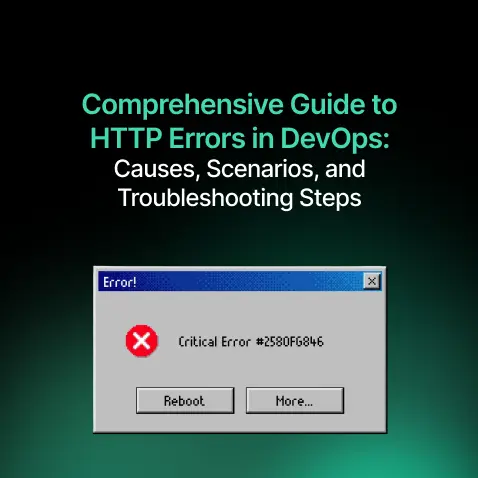
Comprehensive Guide to HTTP Errors in DevOps: Causes, Scenarios, and Troubleshooting Steps
- Blog

Trivy: The Ultimate Open-Source Tool for Container Vulnerability Scanning and SBOM Generation
- Blog
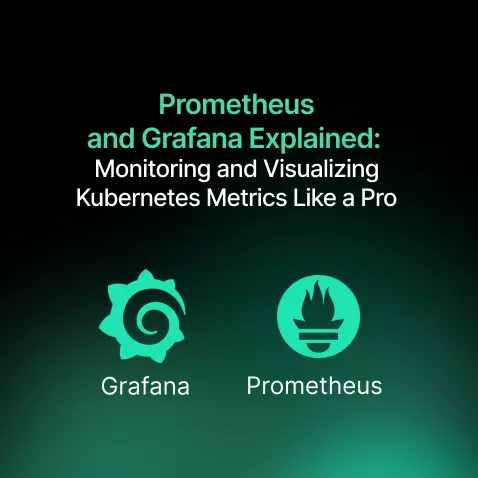
Prometheus and Grafana Explained: Monitoring and Visualizing Kubernetes Metrics Like a Pro
- Blog
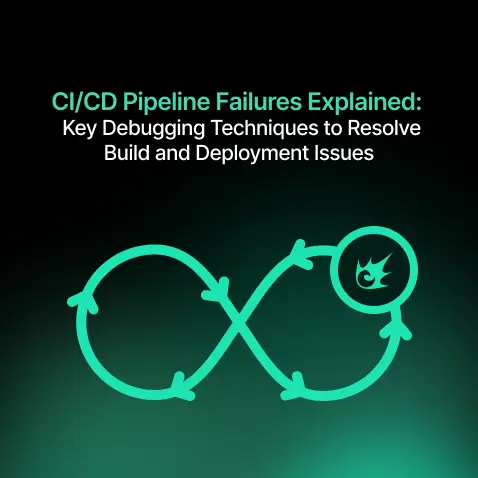
CI/CD Pipeline Failures Explained: Key Debugging Techniques to Resolve Build and Deployment Issues
- Blog
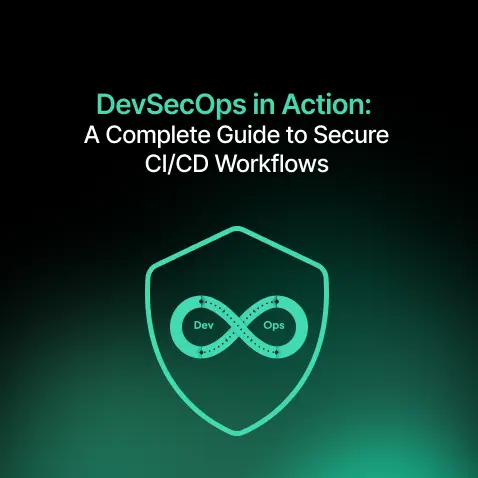
DevSecOps in Action: A Complete Guide to Secure CI/CD Workflows
- Blog
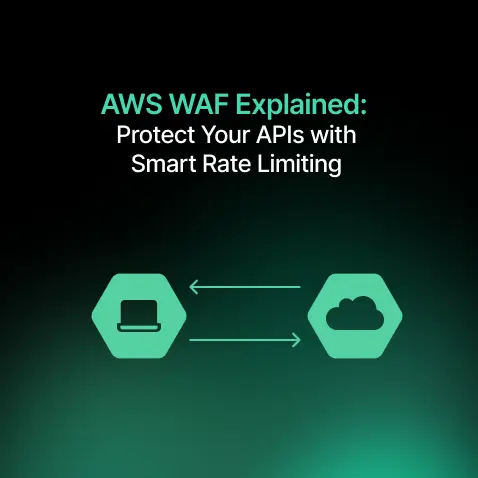
AWS WAF Explained: Protect Your APIs with Smart Rate Limiting
- Blog

